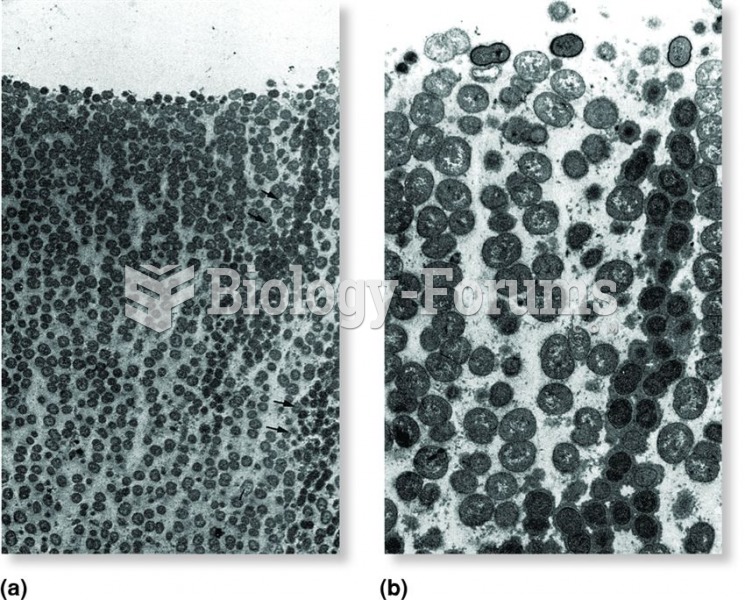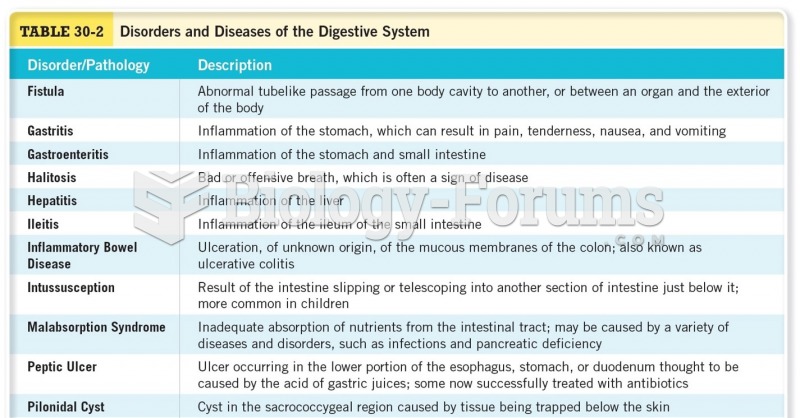Answer to Question 1
Correct Answer: 3
Rationale 1: The role performance model defines health according to how individuals are able to fulfill their roles or perform their work.
Rationale 2: The eudemonistic model incorporates a comprehensive view of health, which is seen as a condition of actualization or realization of a person's potential.
Rationale 3: The ecological modelalso called the agent-host-environment model of health and illnessis used primarily in predicting illness rather than promoting wellness. Identification of risk factors results from interactions between agent, host, and environment, and is helpful in promoting and maintaining health.
Rationale 4: The adaptive model defines health as a creative process and disease as a maladaptation. The aim of treatment is restoration of the person's ability to cope.
Answer to Question 2
Correct Answer: 2
Rationale 1: The role performance model defines health in terms of the individual's ability to fulfill societal roles or to perform work. According to this model, people who fulfill their roles are healthy, even though they may have an illness.
Rationale 2: In the adaptive model, health is a creative process; disease is a failure in adaptation or maladaptation. The aim of treatment is to restore the ability of the person to adapt and cope, as in a rehabilitation setting.
Rationale 3: The eudemonistic model incorporates a comprehensive view of health, which is seen as a condition of actualization or realization of a person's potential.
Rationale 4: The clinical model is a narrow interpretation of health, which is defined by the absence of disease.







